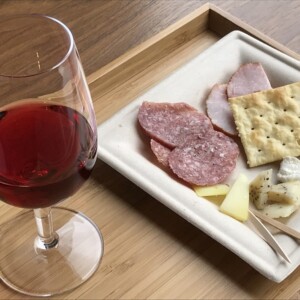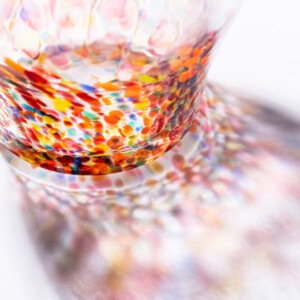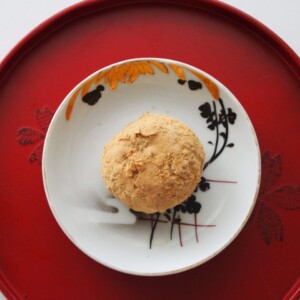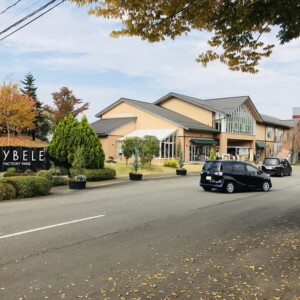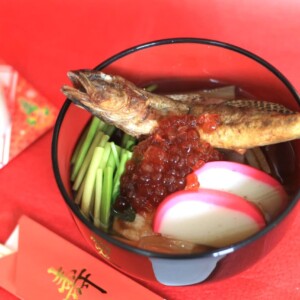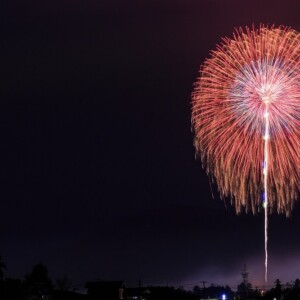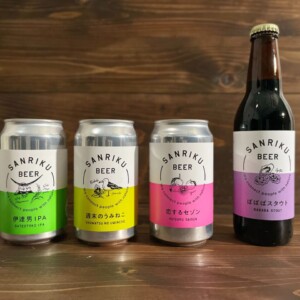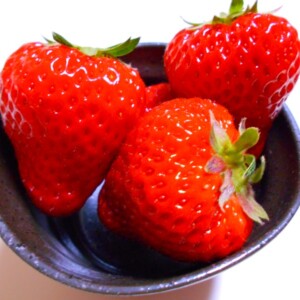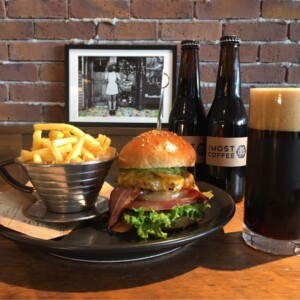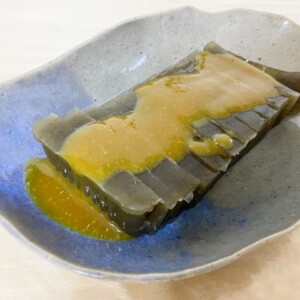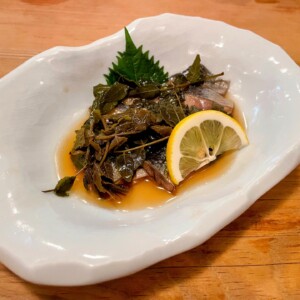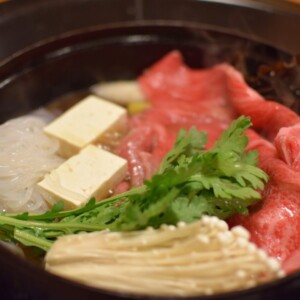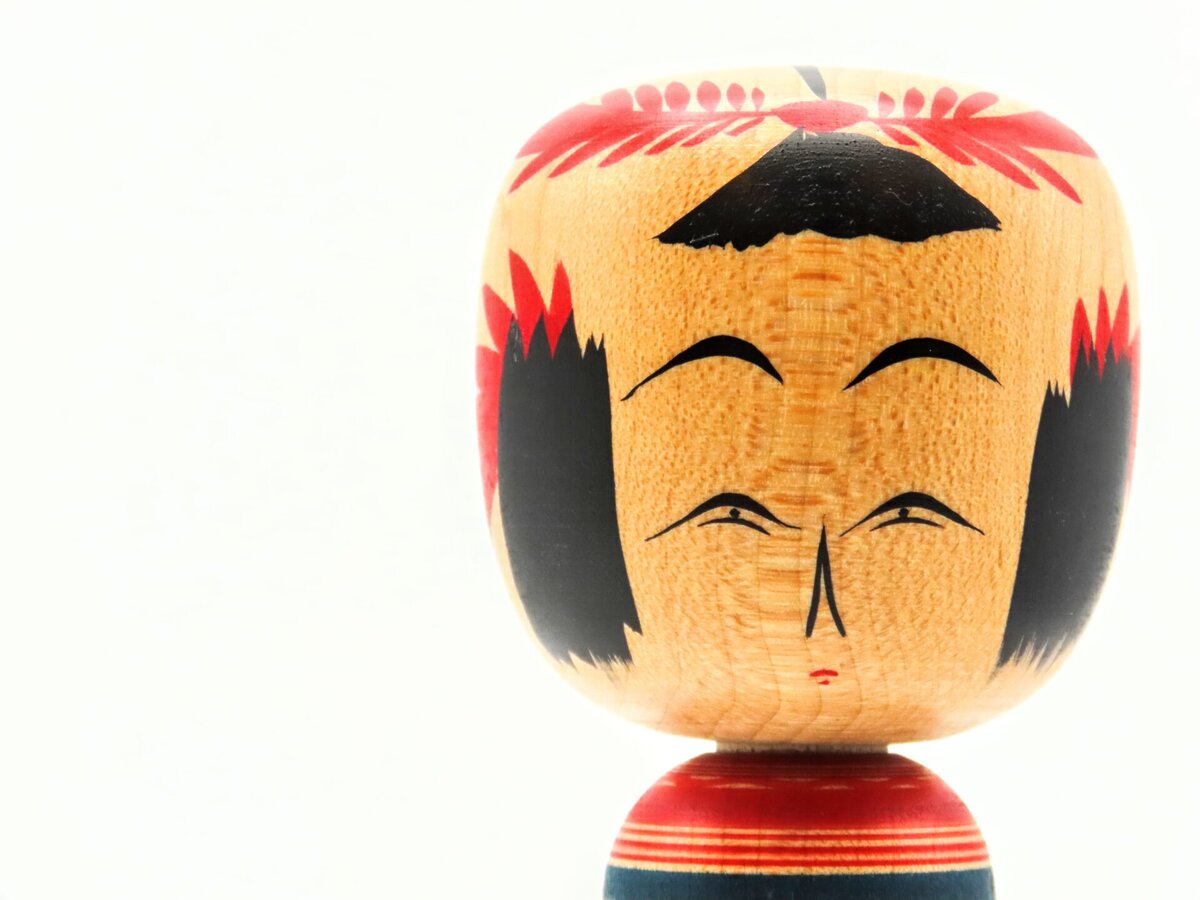
Sakunai Kokeshi - Traditional kokeshi developed in Sakunai Onsen in Sendai and has a history of over 150 years [Miyagi Prefecture]
table of contents
Kokeshi dolls are one of the traditional crafts representing the Tohoku region .
It is a craft that has spread over a fairly wide area, with at least one unique lineage existing in every prefecture in Tohoku.
This time, we've delved deeper into the "Sakunari Kokeshi"
What is Kokeshi?
Kokeshi dolls are made by craftsmen called kijishi who lived mainly in mountain villages and 's wheel to make bowls and trays for a living. It is a wooden toy that was made to be sold as a souvenir to tourists in hot spring resorts.
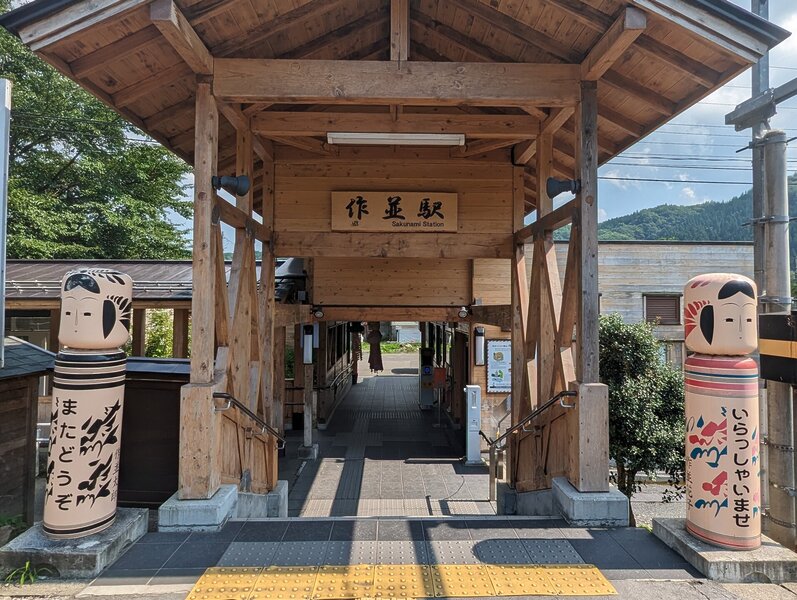
It is said to have originated around the end of the Edo period, and is generally divided into the following 12 strains based on production area and characteristics.
- Tsugaru type (around Hirosaki City and Kuroishi City, Aomori Prefecture)
- Southern type (around Hanamaki City, Iwate Prefecture)
- Kiji Mountain Range (around Yuzawa City, Akita Prefecture)
- Naruko type (around Naruko Onsen, Osaki City, Miyagi Prefecture)
- Sakunami system (around Sakunami Onsen, Sendai City, Miyagi Prefecture)
- Togatta system (around Togatta Onsen, Zao Town, Katta District, Miyagi Prefecture)
- Yajiro type (around Kamasaki Onsen, Shiroishi City, Miyagi Prefecture)
- Hijiori series (around Hijiori Onsen, Okura Village, Mogami District, Yamagata Prefecture)
- Yamagata series (around Yamagata City, Yamagata Prefecture)
- Zao Takayu system (around Zao Onsen, Yamagata City, Yamagata Prefecture)
- Tsuchiyu system (around Tsuchiyu Onsen, Fukushima City, Fukushima Prefecture)
- Nakanosawa series (around Nakanosawa Onsen, Inawashiro-cho, Yama-gun, Fukushima Prefecture)
Various names and their origins
Kokeshi dolls have many other names, including , Dekoroko , Kogesu , Kiboko , Kogehoko , Kinakinabokko , Odekosama
Where did the name "kokeshi" originally come from? There are various theories about this,
- Transformation of the pest control toy to prevent epidemics
- Changes in burnt (piece of wood) cheeks (doll)
- Koge (wood cutting) meaning of shi (child)
- The accent of a small doll called okeshi that was popular in the Edo period.
There are multiple theories such as. Each theory has a certain level of persuasive power, and the aliases mentioned above are thought to have evolved by adding local accents to the names based on their respective origins.
In this way, Kokeshi dolls were called by completely different names in various places, but in 1940 (Showa 15), Kokeshi craftsmen and enthusiasts attended the ``1st Local Gathering - Naruko Festival'' A number of people related to the festival got together and decided to unify the word ``kokeshi'' into three hiragana letters, and from then on it has been called ``kokeshi'' in all regions.
A smash-style kokeshi that has developed mainly in Sakumina Onsen
Samami Kokeshi one of the 12 types, and developed around Samami Onsen in Sendai, Miyagi Prefecture .
It is said that the birth of the kokeshi was caused by a man named Nanjo Tokumoto, who moved from Odawara to this area at the end of the Edo period, and began making it as a toy for children.
Nanjo Tokumoto is also a master of Kobayashi Kuraharu, who is said to be the founder of Yamagata-style kokeshi (Yamagata-style kokeshi), and the origin of Sakumei kokeshi is probably the oldest of the many kokeshi origins. It is also said.
Itaya maple trees, which are traditionally native to the Tohoku region, are mainly used as logs of itaya maple and Mizuki, and in recent years, cherry blossoms, camellias, and engyu are also used.
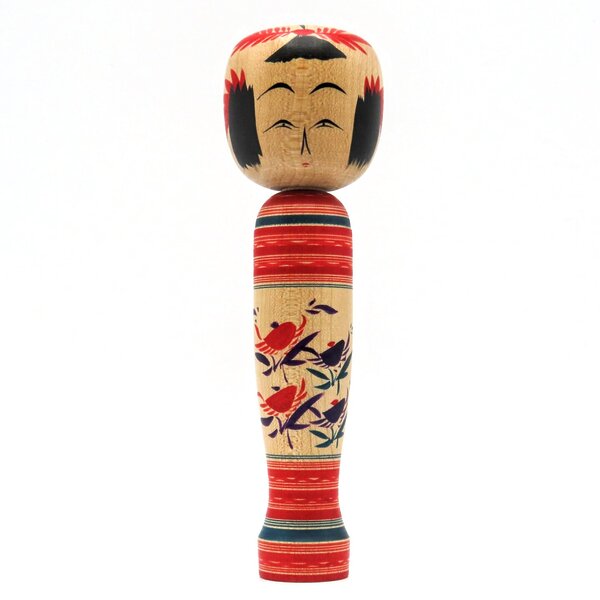
Because it was a toy for children, it is characterized by its small head and a thin body that is easy to grip, and along with Yamagata-style kokeshi (Yamagata-style kokeshi), a derivative of the shading style, it has long been famous as "unrisable kokeshi" However, as times have passed and its uses have changed to ornamental use, the torso is now becoming thicker.
the "bait-eat kokeshi" with the bottom spread out like a platform, while retaining the characteristics of the traditional slim body, is also considered to be a unique shape developed to suit ornamental purposes.
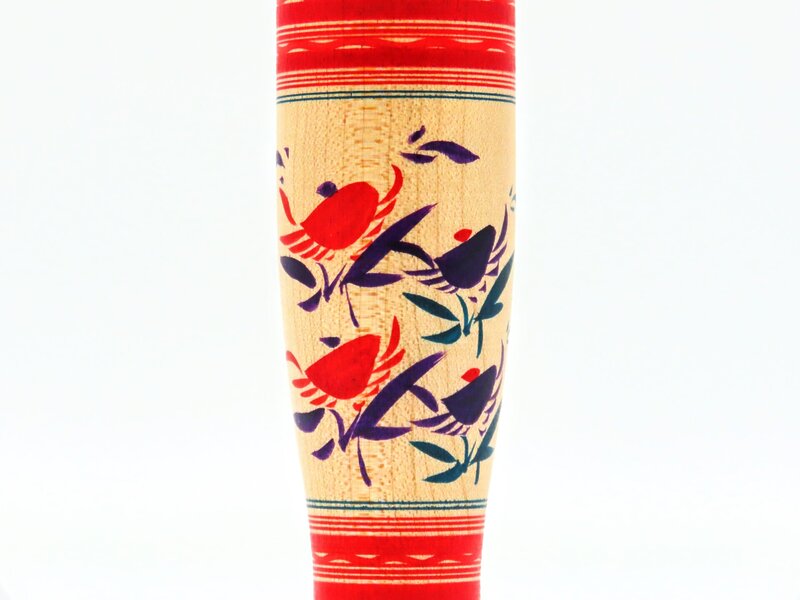
"crab chrysanthemums ," which at first glance looks like a crab.
Hiraga Kokeshi store located in Sakunami Onsen
Hiraga Kokeshi Store is a workshop and store run by Hiraga Teruyuki, the 8th generation craftsman in the Hiraga series with a history of over 100 years, and is currently the only store in Samami Onsen where you can purchase Samami kokeshi.
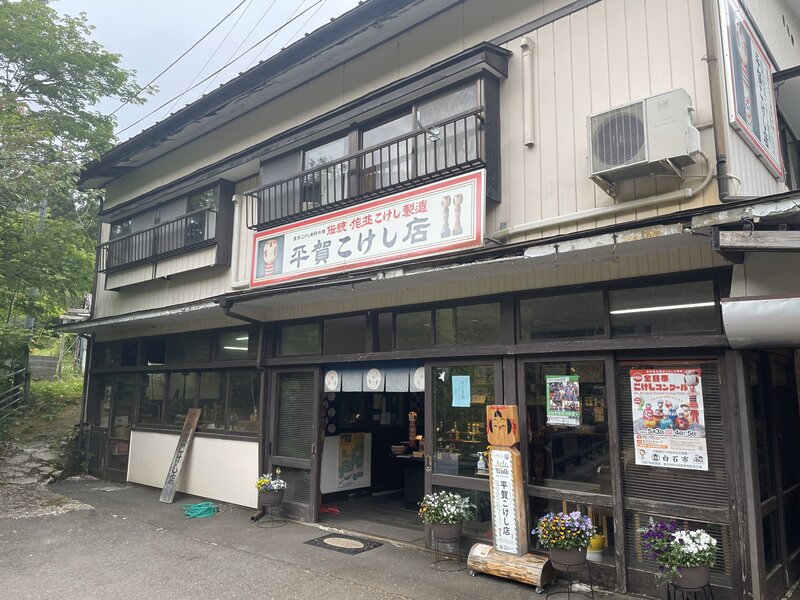
Located across the Hirose River from the Sakume hot spring inn "Yuzukushi Salon Ichinobo", the restaurant, and in addition to traditional kokeshi, creative kokeshi is also produced and sold in collaboration with various Sendai specialty products.
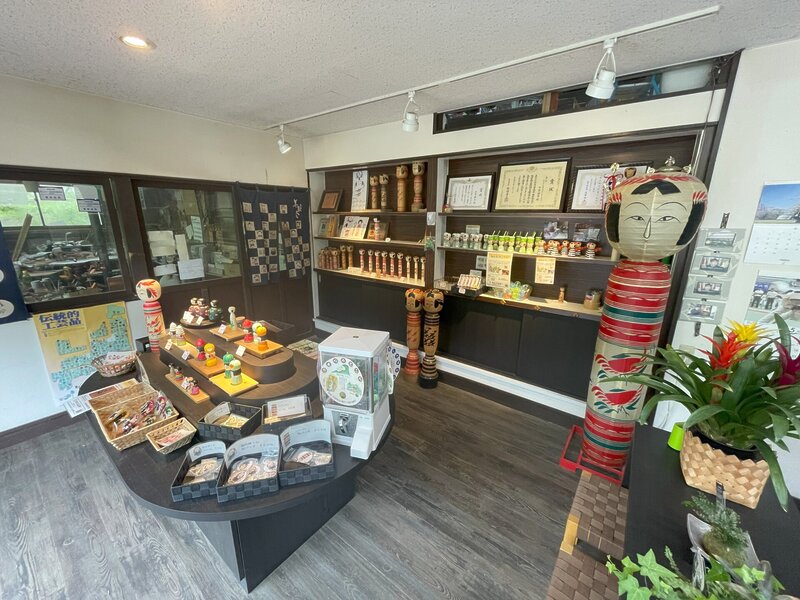
Although advance reservations are required, there are also experiences such as painting kokeshi.
Hiraga Kokeshi Shop <Information>
- Name: Hiraga Kokeshi Shop
- Address: 13 Samurai Motoki, Aoba-ku, Sendai, Miyagi Prefecture, 989-3431
- Phone number: 022-395-2523
- Official URL: http://www.h-kokeshi.net/














![Kijiyama Kokeshi - Akita Traditional Kokeshi with a distinctive expression that gives you a sense of sorrow [Akita Prefecture] Kijiyama Kokeshi's expression](https://jp.neft.asia/wp-content/uploads/2025/01/IMG_1792-150x150.jpg)
![Togata Kokeshi - Traditional Kokeshi developed at Togata Onsen in Miyagi Zao [Miyagi Prefecture] Togata Kokeshi's expression](https://jp.neft.asia/wp-content/uploads/2024/09/IMG_1784-150x150.jpg)
![Yajiro Kokeshi - Traditional Kokeshi developed around Kamasaki Onsen, the home of the Shiraishi Katakura family [Miyagi Prefecture] Yajiro Kokeshi's expression](https://jp.neft.asia/wp-content/uploads/2024/09/IMG_1801-150x150.jpg)
![Naruko Kokeshi - Traditional Kokeshi developed at Naruko Onsen, the three famous hot springs in Oshu in Miyagi [Miyagi Prefecture] Naruko Kokeshi's expression](https://jp.neft.asia/wp-content/uploads/2024/10/IMG_1783-150x150.jpg)
![Nakanosawa Kokeshi - Traditional Kokeshi that has evolved after breaking from the reputation of being a "part of the Doyu" [Fukushima Prefecture] Nakanosawa Kokeshi's expression](https://jp.neft.asia/wp-content/uploads/2024/10/IMG_1785-150x150.jpg)
![Doyu Kokeshi - Traditional kokeshi originating from "Doyu Onsen", which is said to be the birthplace of the three major kokeshi at Tohoku [Fukushima Prefecture] The expression of the Doyu Kokeshi](https://jp.neft.asia/wp-content/uploads/2024/10/IMG_1799-150x150.jpg)
![Nanbu Kokeshi - A slightly unusual traditional kokeshi with a distinctive characteristic [Iwate Prefecture] The expression of the southern kokeshi](https://jp.neft.asia/wp-content/uploads/2024/11/IMG_1788-150x150.jpg)
![Zao Takayu Kokeshi - Traditional Kokeshi developed in Zao Onsen, following the trends of Doyu and Togarida [Yamagata Prefecture] Zao Takayu Kokeshi's expression](https://jp.neft.asia/wp-content/uploads/2024/11/IMG_1781-150x150.jpg)
